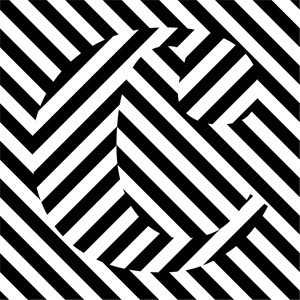Wired Magazine
This mont’s Wired Magazine comes with a nice cover story about 3D Printing,
And three of the coffee cups are displayed as an example of design for 3D Printing, in ceramics.
You might think of 3-D printing as bleeding-edge technology, relevant only to geeks or high-end design workshops. But you may have encountered a 3-D printer already, in circumstances so prosaic you didn’t even notice.
Let’s start at the dentist’s office. Many custom dental fittings are now 3-D printed—like the series of mouth guards, each slightly different from the last, that are used to change tooth alignment over months. After a dental technician scans the current position of the teeth, all positions intermediate to the desired end point are modeled by software and then printed out in plastic. Also, if you’re lucky enough to have a dentist who can replace a crown in a single sitting, it’s because models are 3-D printed and then the replacement teeth are milled right there in the office.
And that’s just the tooth business. Practically every consumer item or electronic gadget you own has been prototyped on a 3-D printer; ditto for the newer buildings around you. Today you can get a custom 3-D-printed action figure of your World of Warcraft character or your Xbox Live avatar. And if you go to Tokyo, you can have your head scanned for a photo-realistic action figure of yourself. (Try not to get too creeped out.)
Commercial 3-D printing works with only a few dozen types of materials, mostly metals and plastics, but more are in the works. Researchers are experimenting with exotic “inks” that range from wood pulp to sugar. Some devices can extrude liquid foods, like cupcake icing and melted chocolate. Soon we’ll be able to print electric circuits, potentially making complex electronics from scratch.”
The cups displayed are: The CupCake Cup, the Studded Belt Cup & the Double Espresso
The article, “The New MakerBot Replicator Might Just Change Your World” is written by Chris Anderson, Wired’s editor-in-chief, and an advocate of maker culture and openness:
Chris Anderson on “Desktop Manufacturing’s ‘Macintosh Moment’”
With the advent of affordable, advanced desktop 3-D printers like the Makerbot Replicator and Cubify’sCube, we’re standing at the starting line of a manufacturing revolution. These tools, once reserved for top-level firms, give curious minds everywhere rapid prototyping capabilities for almost any type of project. Online 3-D object storehouses like Shapeways and Thingiverse offer immediate access to an ever-growing collection of printable and manipulatable objects, removing supply chain limitations. And new, straightforward software like Autodesk’s 123D series and TinkerCAD are allowing people to invent 3-D printable creations formerly relegated to creude sketches on scratch paper.
One of the biggest questions about this revolution, though, is what ways we’ll see it develop and spread. Chris Anderson, Editor-in-Chief of Wired, DIY robotics enthusiast, and author of recently released Makers: The New Industrial Revolution, discusses that notion in this month’s cover story.
In an age of open source, custom-fabricated, DIY product design, all you need to conquer the world – and to profit – is a brilliant idea. Welcome to the next Industrial Revolution.



